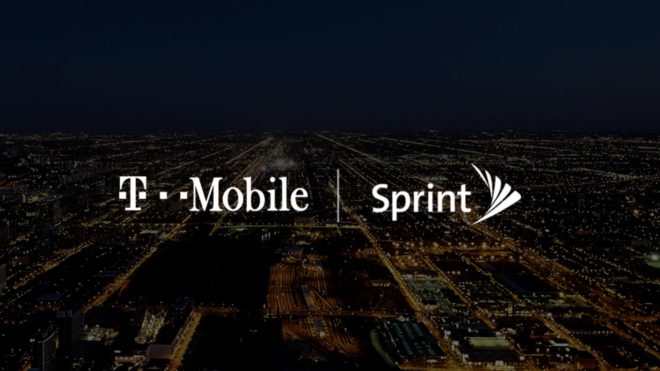
In the days after T-Mobile and Sprint closed their merger, new T-Mobile CEO Mike Sievert teased that he was planning to unify the two brands sometime this summer. Now he’s shed a bit more light on those plans.
Speaking during the JP Morgan Global Technology, Media and Communications Conference this week, Sievert said that T-Mobile has moved its unification plans from early summer to mid-summer due to the coronavirus pandemic. He added that no exact date has been set yet.
“This is when we will essentially be advertising one flagship postpaid T-Mobile brand as well as operating a unified fleet of retail, and the retail piece is why we slowed down just a little bit,” the T-Mobile CEO explained.
As for what T-Mobile plans to do once its unified the T-Mo and Sprint brands into one, Sievert said that they intend to do more of what has gotten them to where they are, but now with the advantages of scale. “How we’ve presented value propositions is something I feel we’re the best at,” adding that it’s about listening to customers and solving things that frustrate them as well as giving them value for what they pay for.
Neville Ray talked a bit during the conference as well. T-Mo’s president of technology repeated many of the same points he said at a different investor event earlier this week, like the fact that T-Mobile is adding 2.5GHz radios to existing cell sites at a rate of around 1,000 per month. He expects that to continue through Q2, saying that T-Mo is ramping up during the pandemic rather than slowing down, with the hope to grow the number from there.
The process of adding a radio and antennas to a tower can be done in just 5 to 10 days, Ray added, but getting the propoer permits and approvals can sometimes take months.
Ray also said that T-Mobile is aiming to roll 2.5GHz out to around 25,000 to 30,000 sites in the next 18 to 24 months to cover most major metro areas.
Mike Sievert got in on the network talk, too. “Our competitors obviously spent a lot of time trying to convince everybody that 5G was synonymous with millimeter wave,” Sievert said, “and we’ve always been fans of millimeter wave as an augment.” He went on to explain that mmWave is a great augment to T-Mobile’s “primary strategy of low and mid-band spectrum.”
Source: T-Mobile
